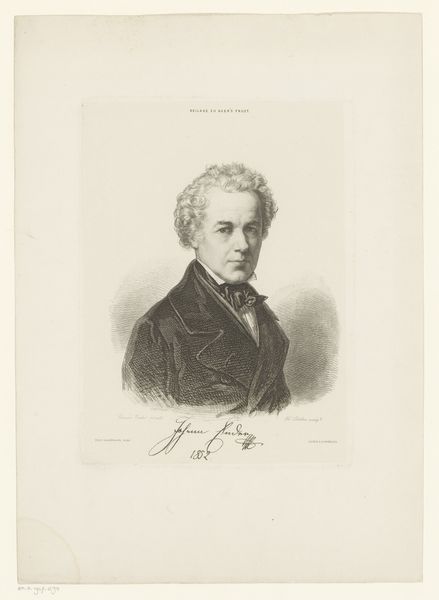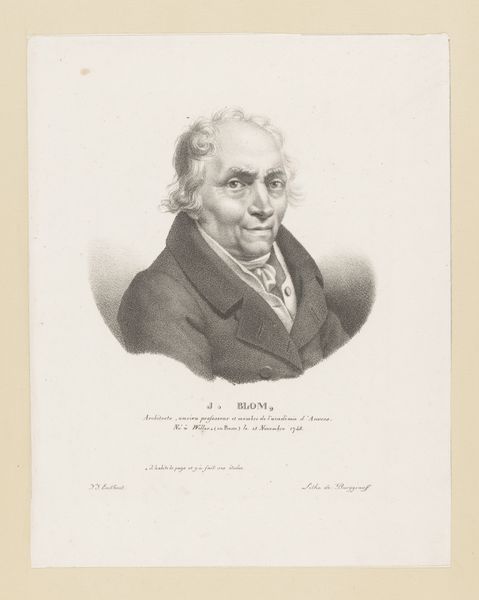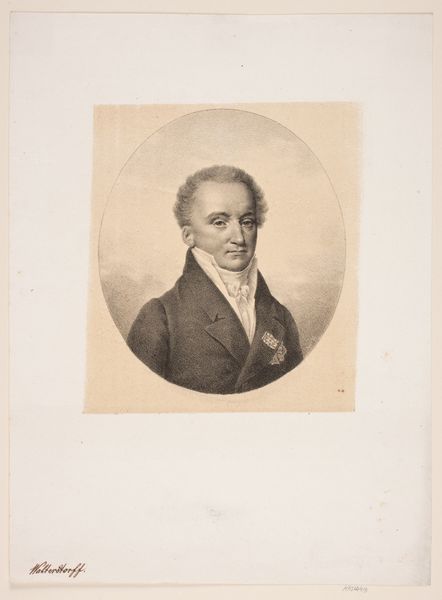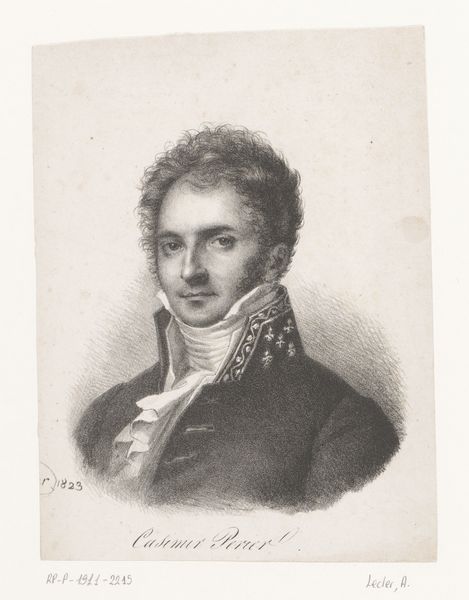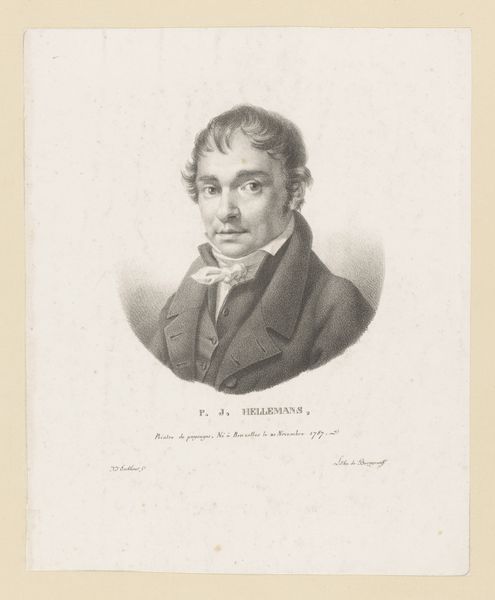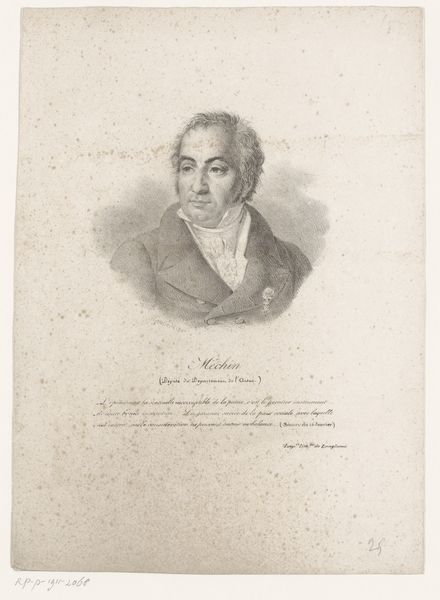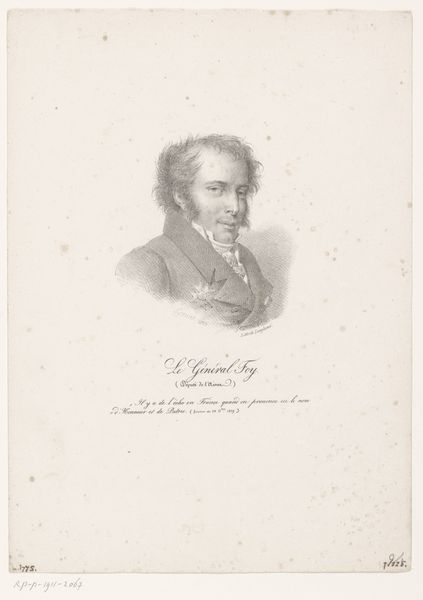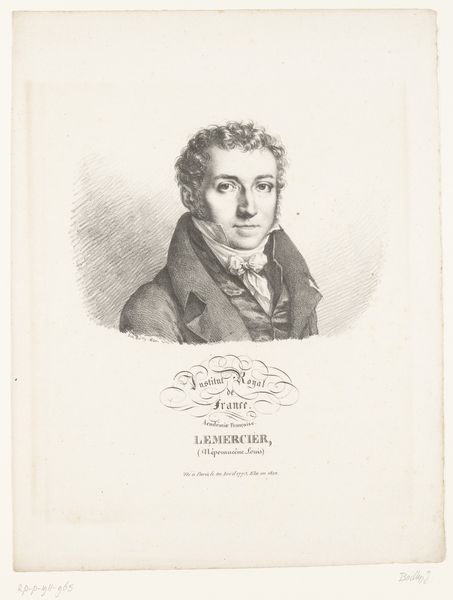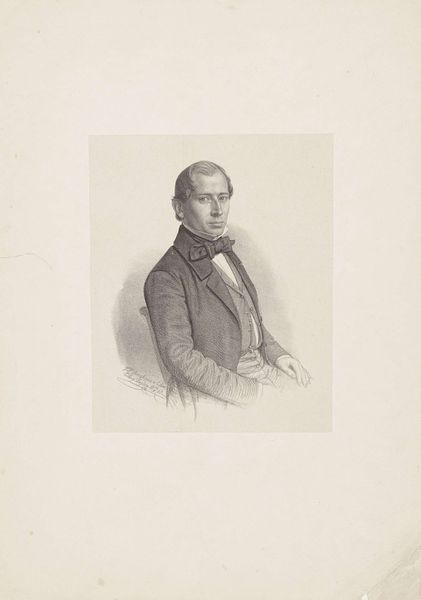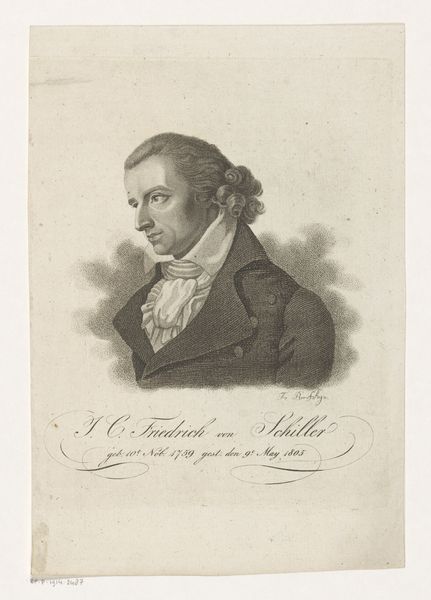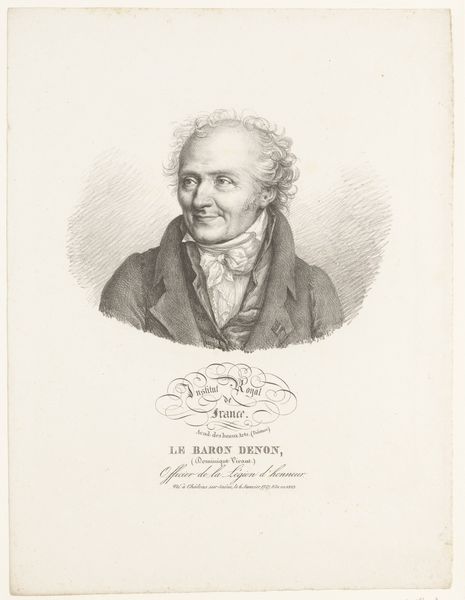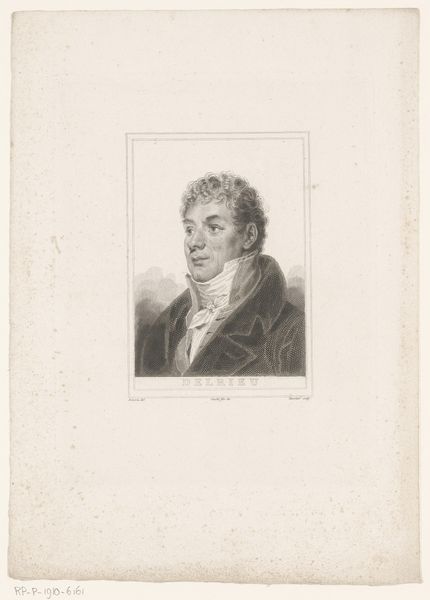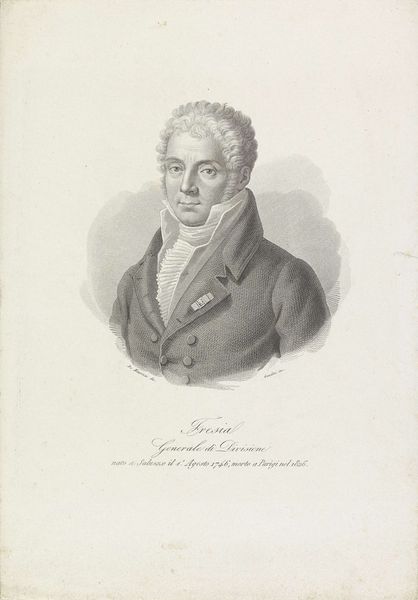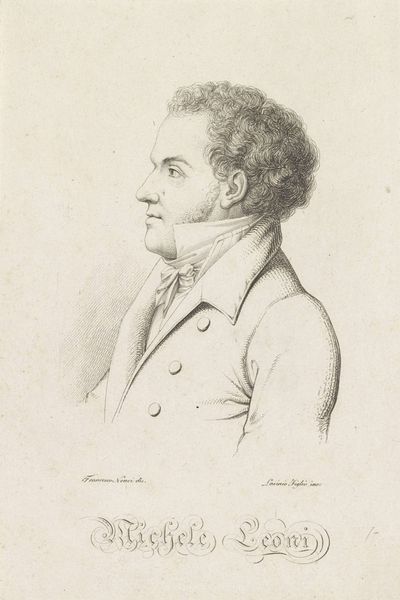
drawing, pencil, graphite
#
portrait
#
pencil drawn
#
drawing
#
neoclacissism
#
pencil sketch
#
pencil drawing
#
pencil
#
graphite
Dimensions: height 310 mm, width 246 mm
Copyright: Rijks Museum: Open Domain
Curator: Ah, this is "Portret van Henricus Turken" by Guillaume Philidor Van den Burggraaff, created in 1822. It's a graphite drawing held in the Rijksmuseum. Editor: The portrait has such a serene yet authoritative feel. How were these kinds of images, specifically portraits, consumed by the public and how did this format shape perception, maybe even influence the sitter's own understanding of self? Curator: Excellent question. In the early 19th century, portraits, especially those of civic leaders like Turken who was a 'Painter of Portraits', served to solidify their image and project a certain level of respectability. They weren't merely artistic endeavors, but social and political tools. Notice the Neoclassical style; this evokes a sense of order, rationality, connecting the sitter to ideals of the Enlightenment and the post-revolutionary era. What kind of influence do you see this having? Editor: Well, seeing how controlled the composition and presentation is, it presents a specific, constructed version of the individual, maybe even influencing public expectations or the individual's behavior, as they strive to align with that image. It's almost like branding, centuries before branding was a widespread practice. Curator: Exactly! These images weren't passively received, they actively shaped public perception and reinforced hierarchies, perpetuating a certain type of ideal citizenship through these highly curated portraits. The very act of commissioning and displaying these works indicated a level of social capital. It is also important to note how accessible this piece might have been, considering the limitations in dissemination. Editor: That makes perfect sense! I had thought of portraiture as an artistic study, now I recognize this work is more embedded in historical trends and as a vehicle for cultural status. Curator: And recognizing that power dynamic is key to understanding not just the art, but the society that produced it. The institution of the Rijksmuseum in the Netherlands only contributes to this understanding of status and respect. Editor: Right! It places a frame around art making it worthy to be admired in a certain context. Thank you! This helps me understand the portrait genre better!
Comments
No comments
Be the first to comment and join the conversation on the ultimate creative platform.
